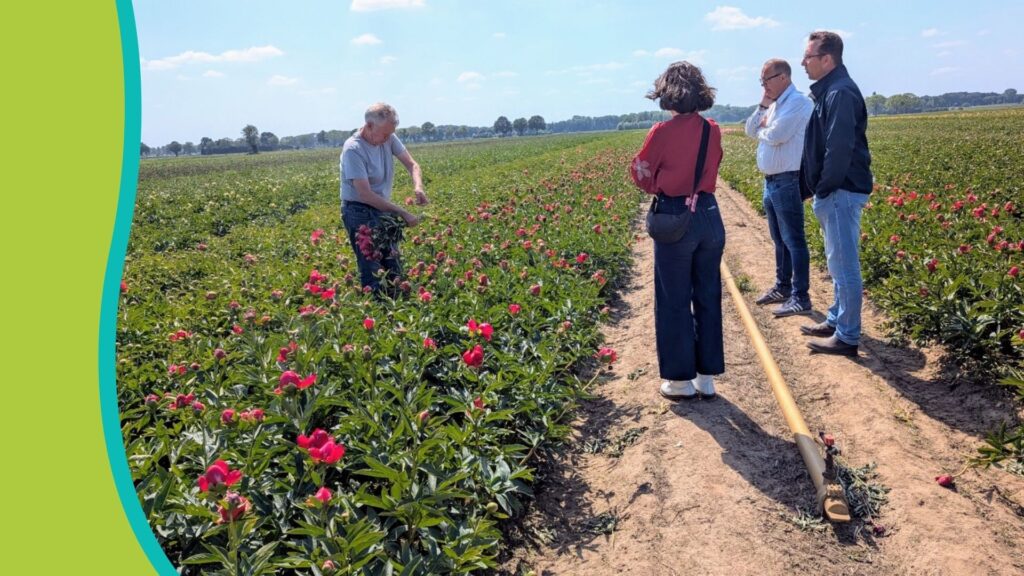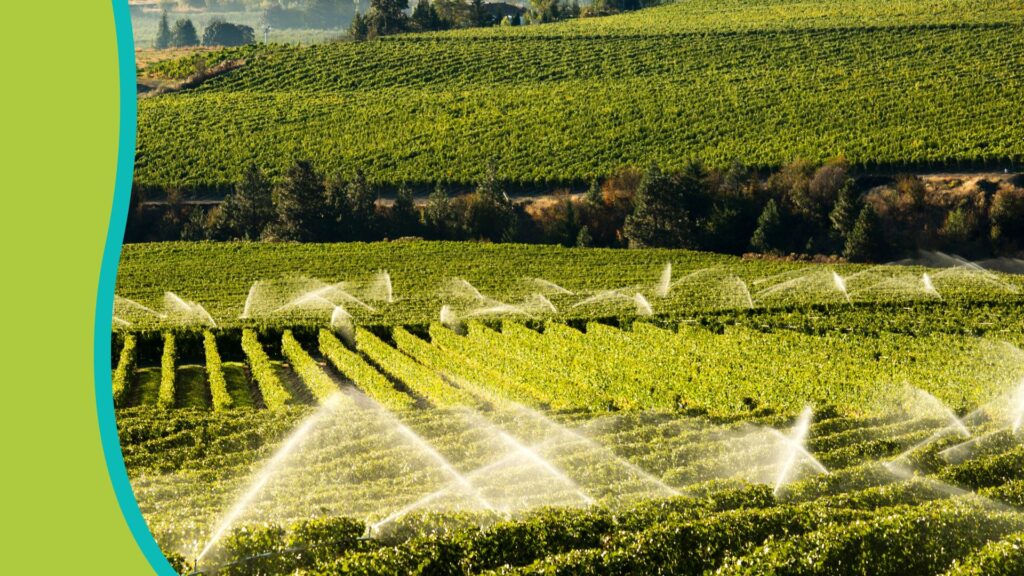Organised by the Murcia Regional Ministry of Water, Agriculture, Livestock and Fisheries and Phytoma, the 2025 edition comes in a context marked by profound transformations in agriculture due to globalisation, restrictions on the use of phytosanitary products and the challenges imposed by climate change. Against this backdrop, AgroMurcia seeks to assess the threats and opportunities in plant health and promote innovative solutions for the sector.
The main problems of Mediterranean agriculture, from thrips and viruses to pests and diseases that are already causing problems or could be introduced in the near future, will be subjected to a thorough analysis by leading researchers and technicians.
AgroMurcia was attended by more than forty experts and representatives from all areas of agriculture, from research and administration to producers, including analysis laboratories and manufacturers of phytosanitary products, biocontrol products, fertilisers and biostimulants.
The head of INTIA’s Pest and Disease Warning Station attended this event to learn about the latest pest and disease risks facing Mediterranean agriculture. The Warning Station is part of the LIFE NAdapta project, a strategy for adaptation to Climate Change of the Government of Navarre. It is a tool that INTIA has been using for more than 30 years and makes it possible to monitor more than a hundred pests and diseases in 306 control points of 53 different crops in Navarra.
As a novelty, less than two years ago, the new mobile application of the Warning Station was activated, which is able to offer a personalisation of the different warnings with alerts depending on the different pests or diseases and the crops or crop groups. This APP, accessible only on Android devices, also offers the option of receiving specific alerts for a given area.



